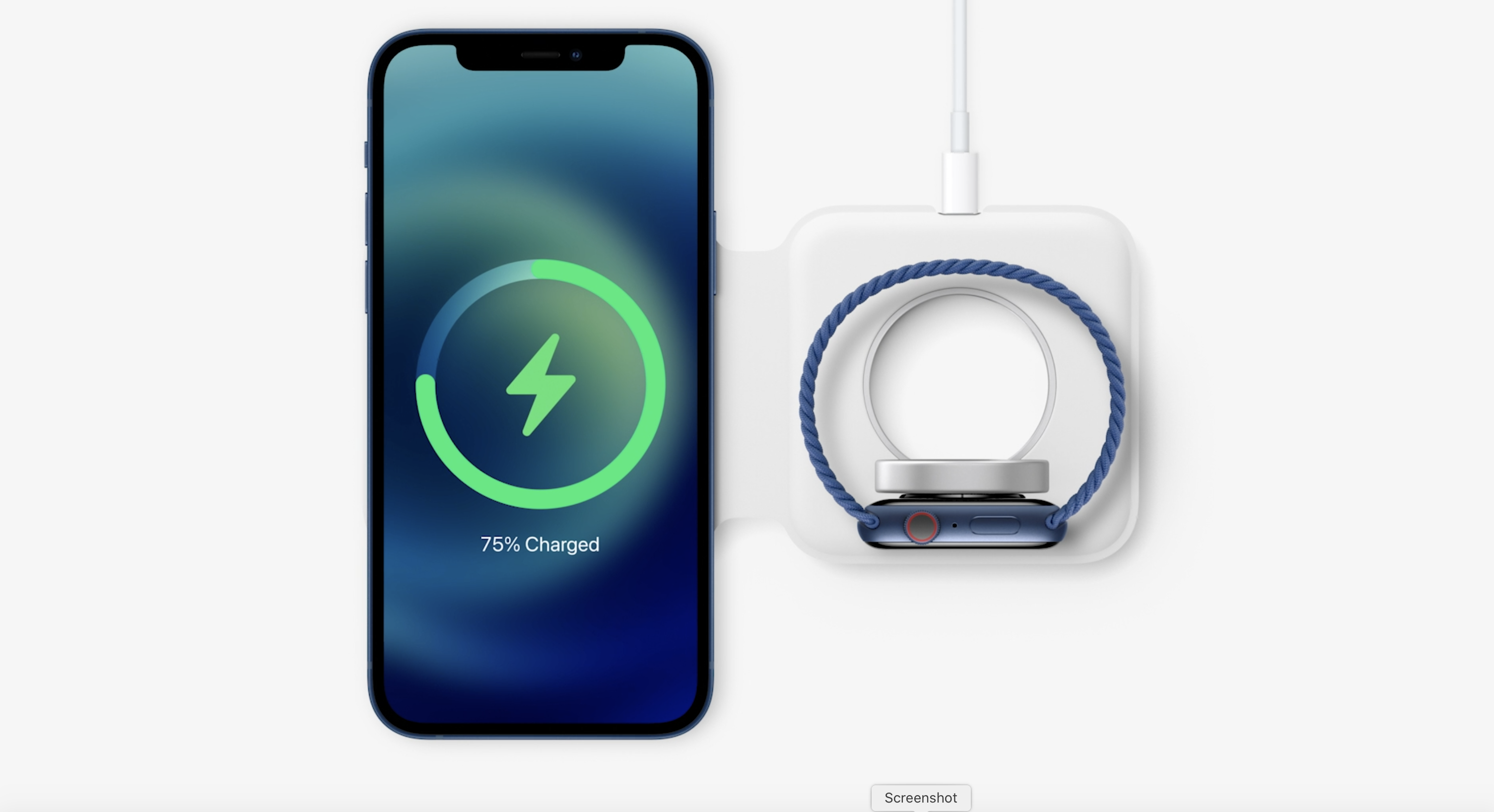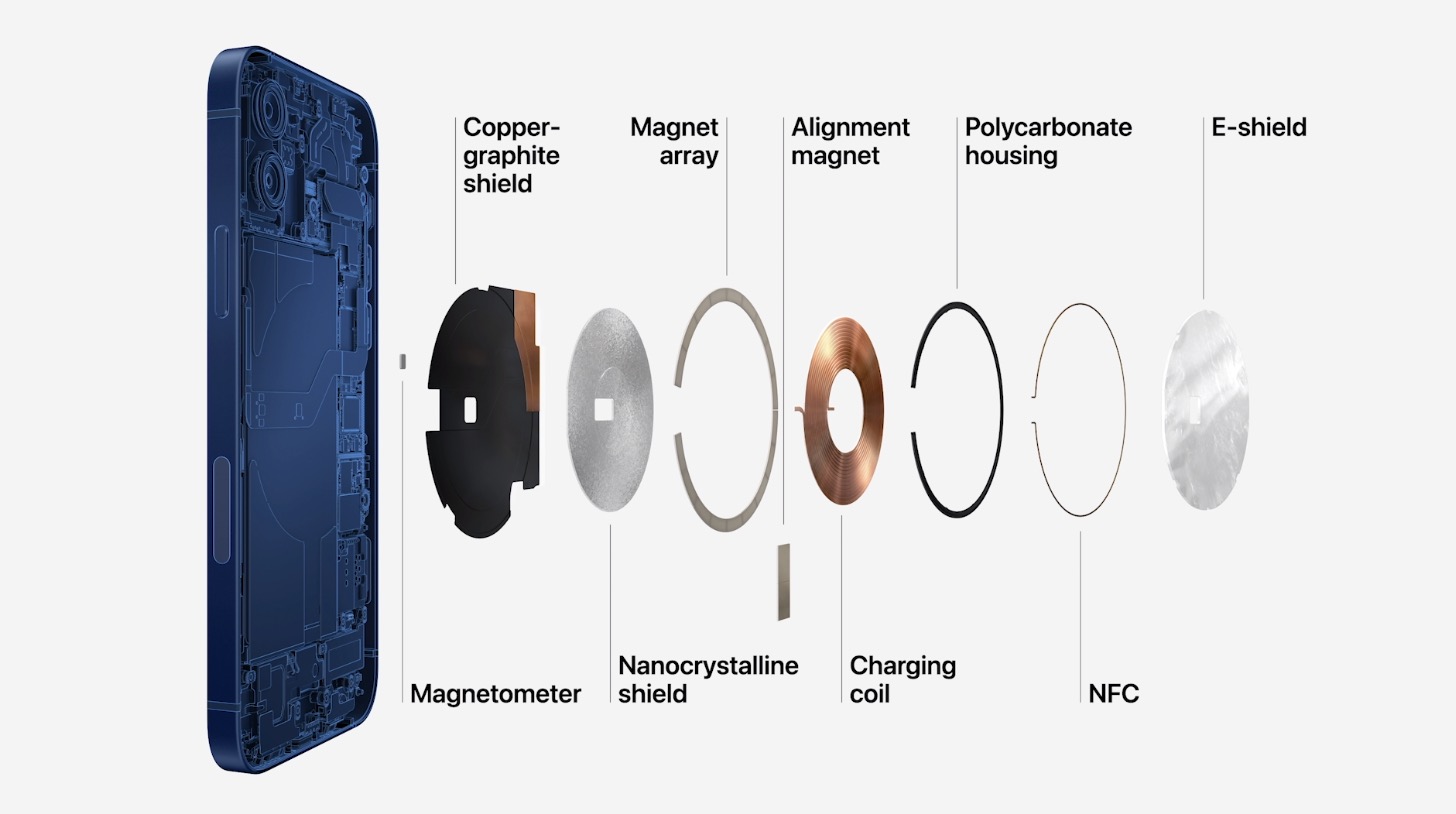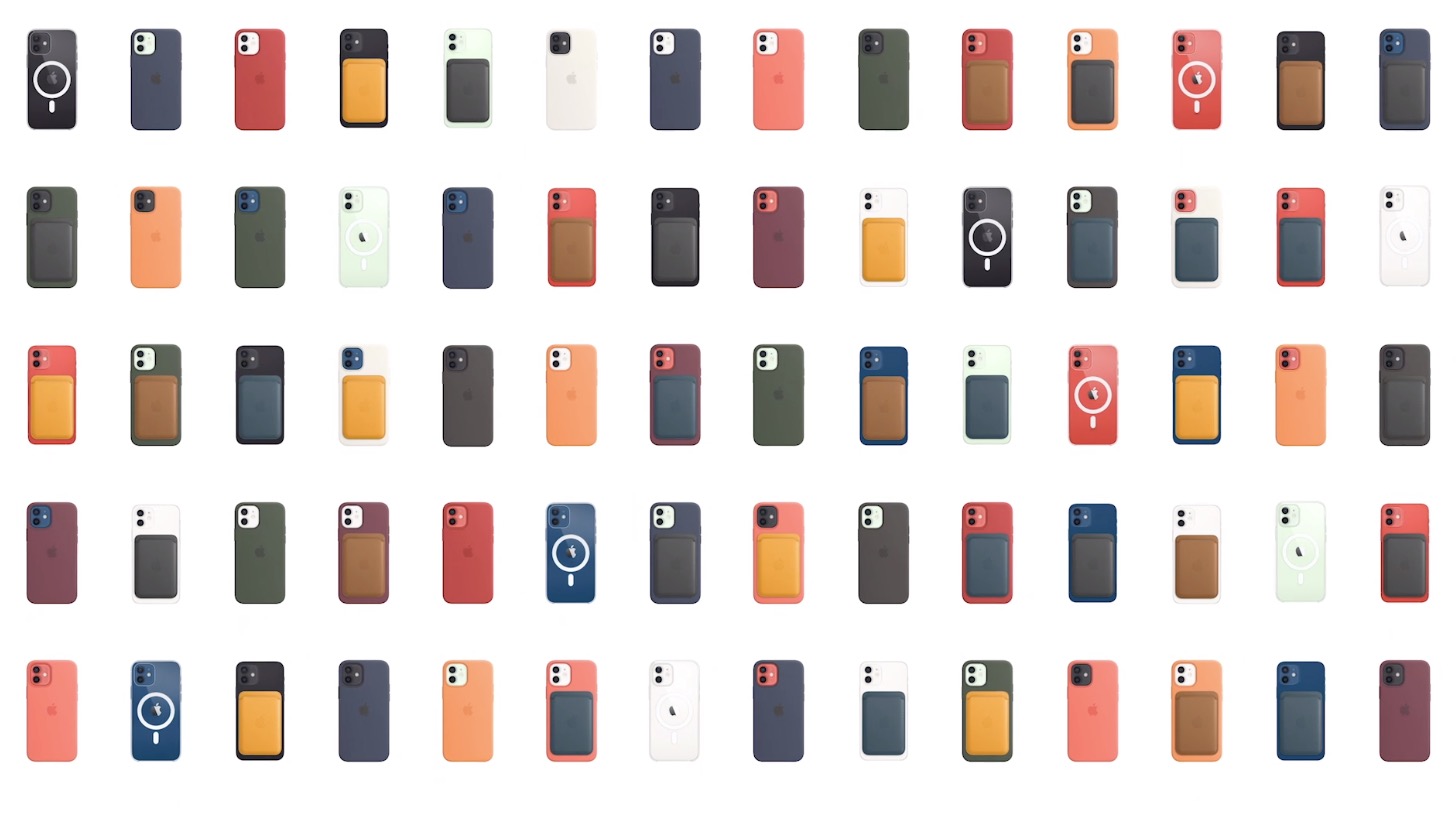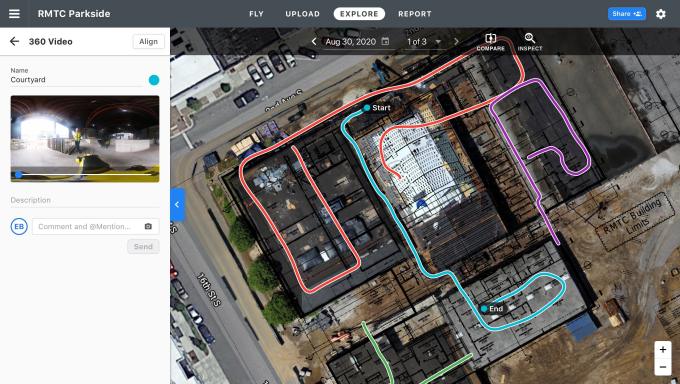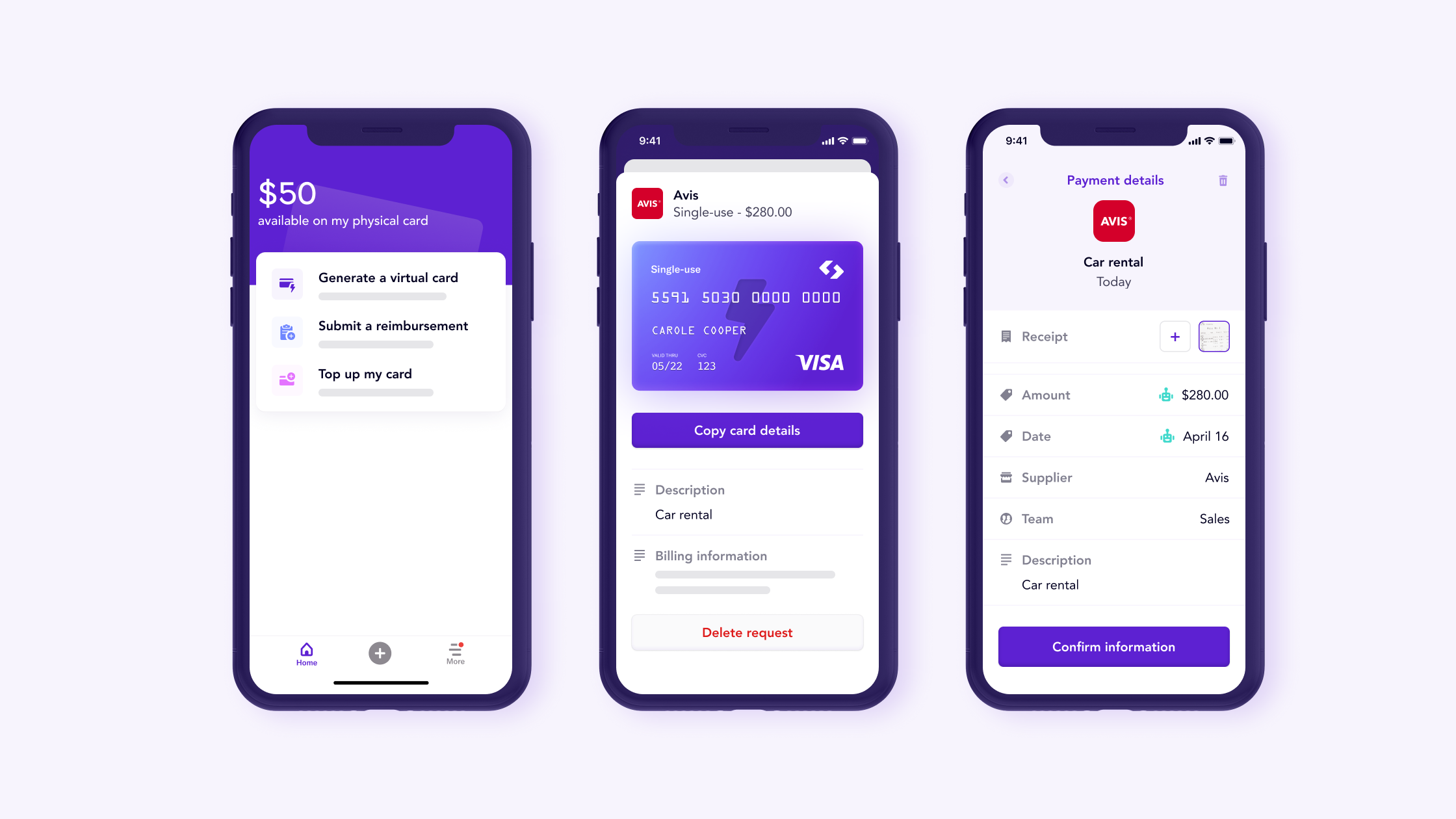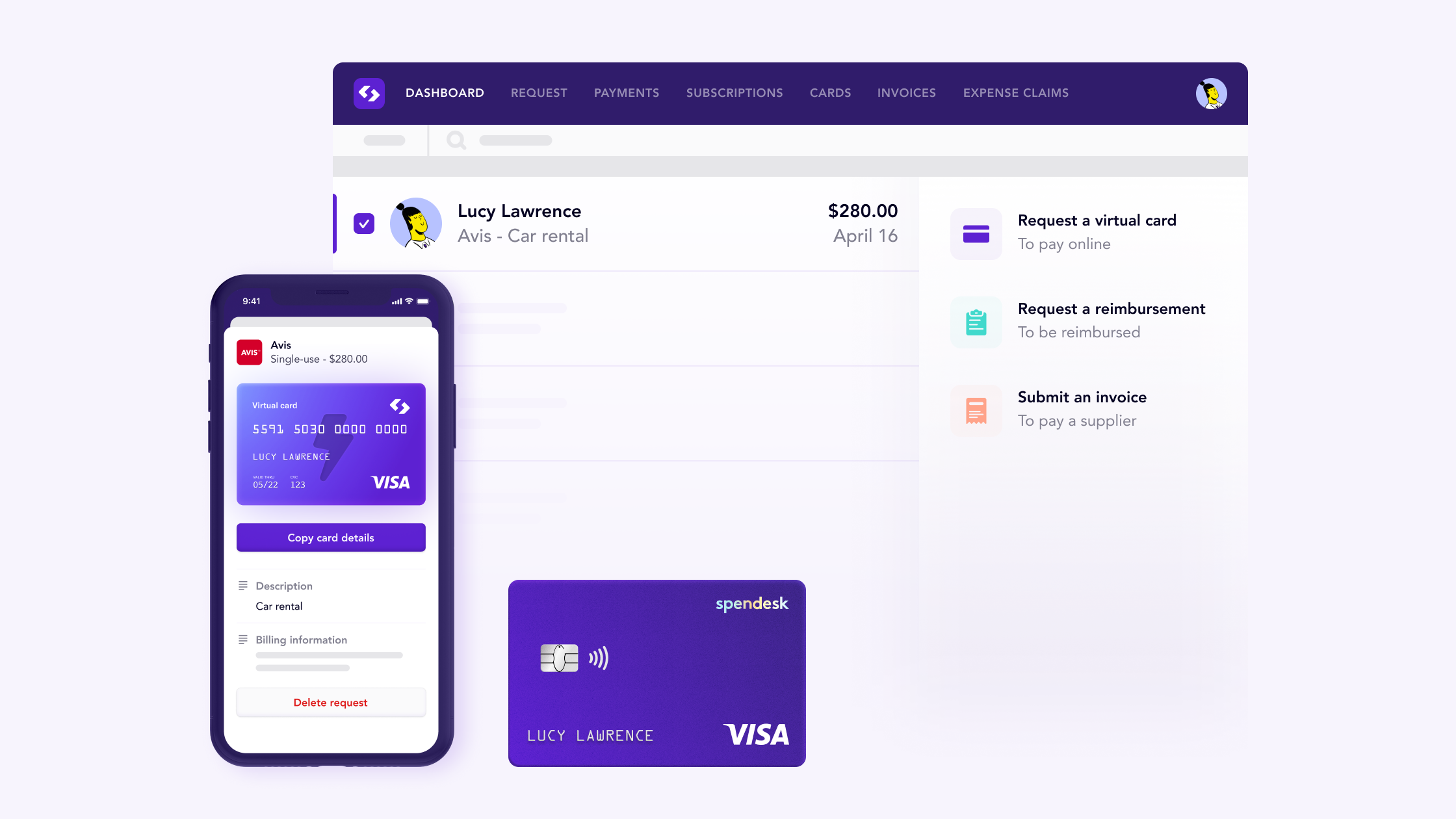News: iPhones won’t come with headphones or power adapters in the box from now on
That drawer full of bad headphones and extra power adapters for your phone won’t get any more cluttered if you decide to pick up a new iPhone 12. Apple will no longer include those items in the box, part of a redoubled effort to reduce its environmental footprint. In a segment of its iPhone-centric event
That drawer full of bad headphones and extra power adapters for your phone won’t get any more cluttered if you decide to pick up a new iPhone 12. Apple will no longer include those items in the box, part of a redoubled effort to reduce its environmental footprint.
In a segment of its iPhone-centric event today, Apple’s Lisa Jackson explained that the company is hoping to have “net zero climate impact” globally by 2030, meaning everything from manufacturing and assembly to packaging and device recycling will be carbon neutral. Achieving that means relying more on solar power and efficient operations, of course, but also reducing waste.
To that end the company will no longer include the familiar white headphones that have come in the box since the early days of the iPhone, nor the standard outlet adapter for the power cable.
“Customers already have over 700 million Lightning headphones, and many customers have moved to a wireless experience,” said Jackson. “There are also over 2 billion Apple power adapter out in the world, and that’s not counting the billions of third party adapters.”
Thankfully there will be a power cable in the box: a standard USB-C to Lightning cable that you can plug into your old wall adapter or a laptop.
The result is not just fewer things in the box, but a smaller actual box, letting the company fit more of them into a pallet. That may sound like a bit of a stretch for effect — “really, you’re saving the world by making the box smaller?” — but at the scales Apple operates at, fitting half again as many devices into a shipment means saving thousands of trips. It’s the equivalent, Apple notes, of taking some 450,000 cars off the road per year.
Apple didn’t mention its part in creating an endless yearly cycle of questionably necessary replacements of perfectly good devices, or in making millions of accessories obsolete with choices like removing the headphone jack, but that’s to be expected. They may be part of the problem there, but so is every other major consumer electronics manufacturer, and at least Apple is trying to balance things out a bit.



